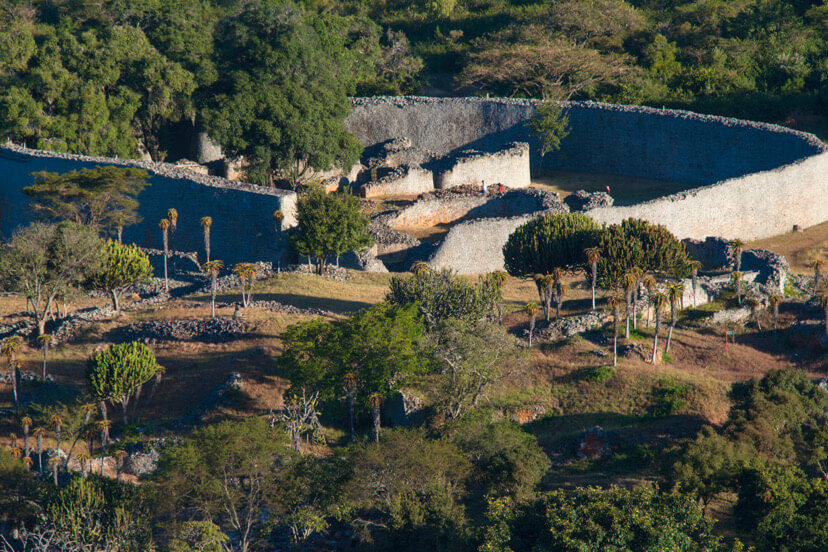Yewande is a lawyer who specializes in international human rights law. She hates injustice and believes in fair play and equal opportunities. She is also passionate about the rights of the vulnerable. Her love for writing can be traced to her lawyerly profession. Her motto is: live the life you love, love the life you live.
Skull elongation was an unusual practice

Cranial deformation is believed to have existed for years and was common amongst certain groups of people. However, archaeologists do not believe that it originated from just one place.
Otherwise known as head shaping, head flattening, head binding or skull elongation, cranial deformation is a form of permanent body alteration that involves intentionally modifying or altering the shape of an individual’s skull.
It was a widespread practice
Cranial deformation has spanned across different times and geographical locations. On the mental floss website, Lucius Drusus notes that it is a widespread practice that has been “recorded on nearly every continent in many cultures over tens of thousands of years.”
Indeed, scientists have found evidence of cranial deformation amongst the Australian aborigines and it dates back to about 30,000 years ago. The Maya, Inca and some other North American natives are also familiar with this practice.
In ancient Chinese too, people were known to have practised skull enlargement over 12,000 years ago. In fact, the Chinese were discovered to be the oldest group to have engaged in the modification of their skulls.
Head shaping practices are equally known to have been popular in ancient Peru in the 1500s. Here, the Collaguas had thin heads and the Cavanas had long heads.
In Europe, cranial deformation started 5,000 years and was popular amongst certain tribes that emigrated from the Caucasus region of Central Asia such as the Samaritans, Alans and Avars.
In Africa also, cranial deformation is termed “head elongation”. It was a prominent feature of the Mangbetu people. This tribe is renowned for deforming the heads of their babies.
The Mangbetu tribe are in Central Africa, northeastern Congo. Elongating heads was a distinctive look that they maintained throughout the years and it distinguished them from other tribes.
Otherwise known as the “lipombo”, the head elongation custom started in Congo in the 1950s during the era of westernization until when it was outlawed by the Belgian government.
The process of cranial deformation
Different methods are used to shapen the skull, but the most common one is the use of a clothe to tightly wrap the skull so it can have a more cylindrical shape.
In many cultures, the process of elongating the skull begins at birth, since that’s when the head is most flexible. When the babies are born, their heads are tightly wrapped with clothe and that’s how the elongated look begins. The pressure when gently and consistently applied, causes the forehead to enlarge.
For others, it starts a month after a child is born and continues for many years until the desired head-shape is reached or when the child rejects it.
There are also instances of native Americans using woods to support babies while flattening the child’s head.

Sometimes, the shape of the skull could vary, depending on the region and group concerned. These shapes range from cone-shape to cylindrical, flat or with bumps.
Some parents let their new babies rest in the same position during their first months so that a flattened spot may develop at the back of the head. They do this, believing that it may not necessarily affect the child’s growth or mental capabilities.
The Mayan tribe usually attached wooden boards to the heads of children.
It is believed that this elongation doesn’t affect the brain, especially if there is no cranial pressure. As such, any indigene whose head is elongated will be able to use his brain just like anyone else. The brain simply grows into the new shape of the skull, while adjusting.
Reasons for Cranial deformation

In the past, people who adopted this practice did so because they wanted a different sense of identification. It also gave them a sense of belonging.
A fitting example is the magbetu tribe where cranial deformation is believed to be a feature of the ruling class and a symbol of power, intelligence, beauty and majesty.
Apart from cultural-related and aesthetic purposes, some tribes have also upheld some pseudo-scientific ideas about the brain’s capability to withold information, based on its shape.
What is surprising is how the practice continued for so long and surpassed many barriers.











{{username}}{{commentConvertedTime}}
{{commentText}}